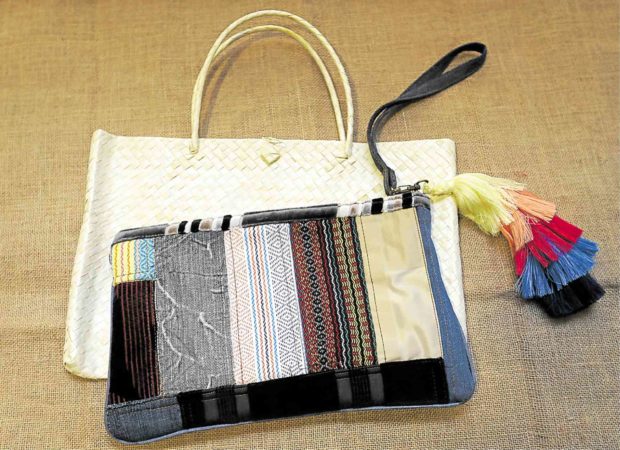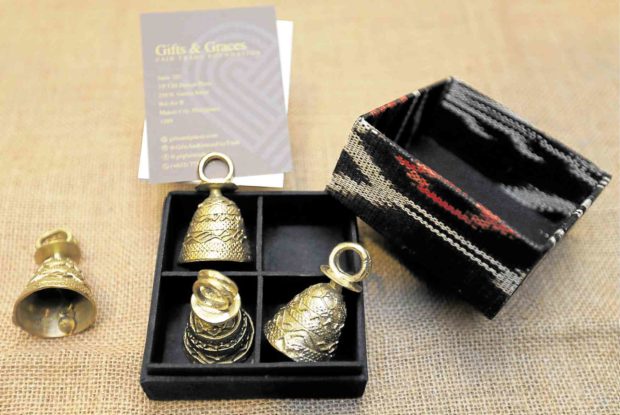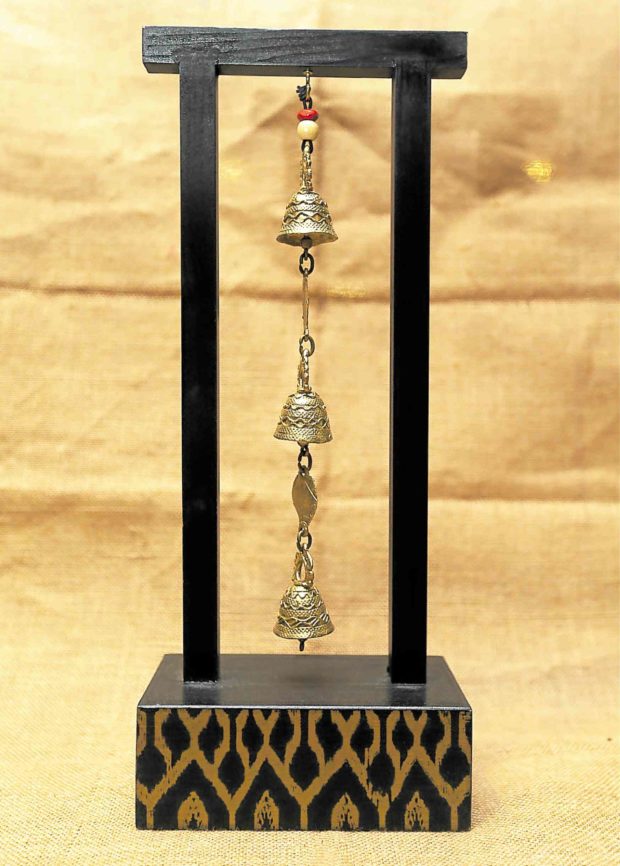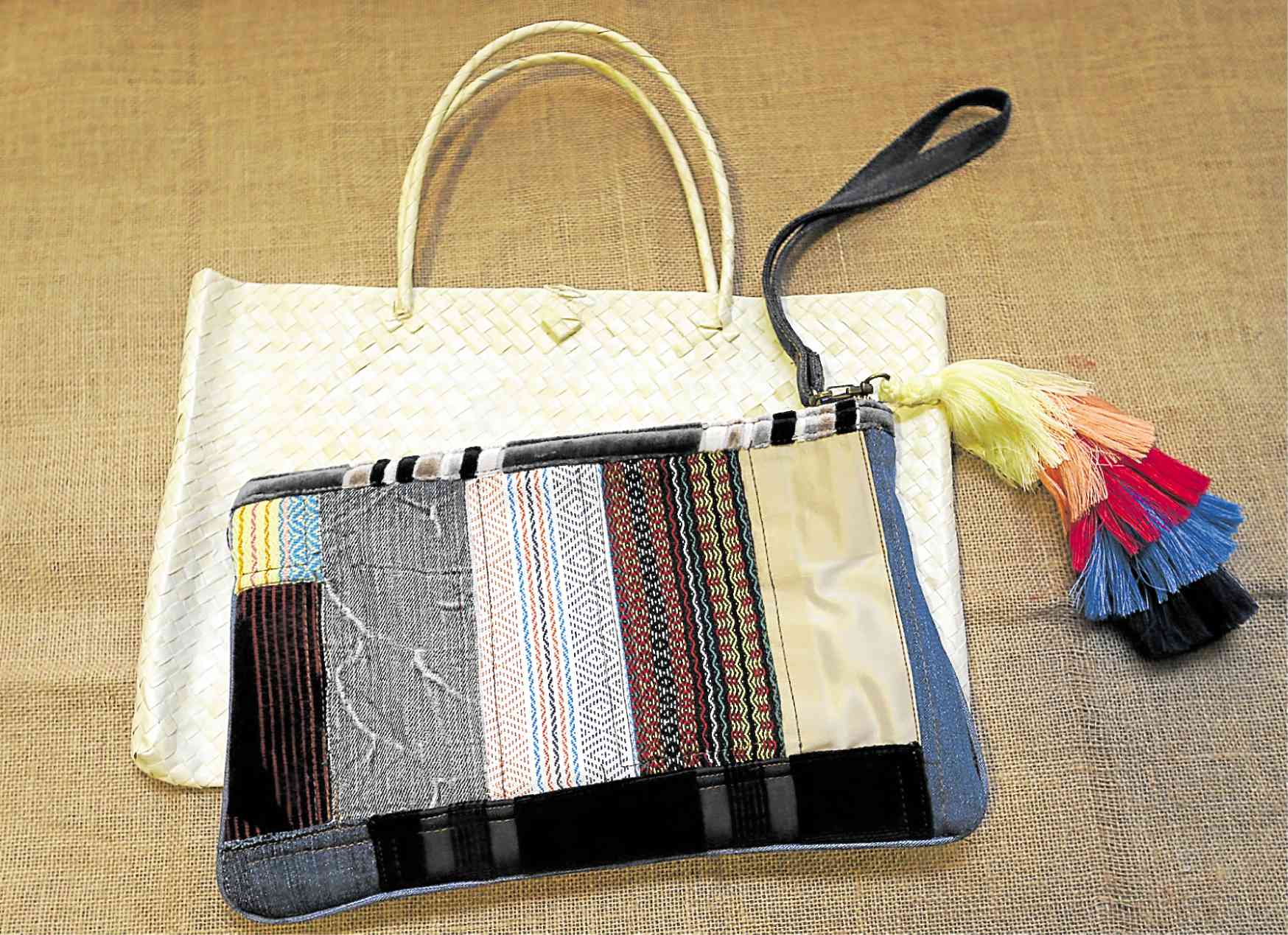
Owning artisanal products and handicrafts is in vogue again. “Sustainable” is the buzzword of the year, and anything borne out of a sustainable means becomes instant conversation pieces. The better the story, the more valuable an object or accessory becomes.
But for Gifts and Graces Fair Trade Foundation (G and G), which has been working tirelessly for the last 13 years in upcycling and scouting markets for dying, indigenous skills, it’s not just about supporting the underserved and under-appreciated skills of a community. It’s about helping multiple communities in a single purchase.
A lovely purse of pandan material, handcrafted in Sagay, Negros Occidental, comes with fabric tassels made from upcycled materials by women of Lingap Center in Biñan, Laguna. It’s held together with T’boli handcrafted die-cast brass from Lake Sebu, South Cotabato. The purse also features an accent made of polished coconut husk from Perez, Quezon, crafted by the wives of copra farmers.

Buy the bag, and it will come with its dust bag made by a mom of nine kids in Pandacan, Manila.
Delicate art
Margaret Obligacion, designer for G and G, said polishing the coconut husks, a skill the wives learned from the Japan International Corporation Agency—a Japanese governmental agency chartered with assisting economic and social growth in developing countries—is a tedious and delicate art.
The women can produce only 200 in three to four weeks, but their works, from coconut buttons to bag accents are so far the best G and G has seen. They have recently started to create coconut sauce dishes, thanks to creative brains behind G and G, who continuously find innovative ways to package the communities’ skills into marketable products.
“They have the skills, and we find ways to highlight these to the right markets,” said Victoria Jalandoni, G and G executive director.

When lifestyle icon Martha Stewart visited the country this year, she was presented with the now-iconic T’boli brass bells from G and G.
“The brass makers of Lake Sebu have been practicing sustainability for generations, long before everyone started practicing it,” Jalandoni said.
No two brass products are the same, she said. Each comes from its own mold.
The mold is made of beeswax covered with clay. When melted brass is poured into the mold and cooled down, the brass makers crack it open with a hammer. Then another mold is made for the next brass object.
Upcycling
Paper craft artist Annie Abo learned how to weave bags from old newspapers purchased from junk shops. Today, her son, Yuri, has followed in her footsteps, crafting recycled paper sculptures now featured in shops like SM’s Kultura.
There are denim patchwork clutches made of upcycled materials, with multilayered tassels made by a single mom.

They’ve also received an order of 4,000 tote bags made from old Jollibee uniforms. Jollibee, said Jalandoni, was looking for a way to reuse discarded old uniforms.
“When we presented the tote bag idea, they loved it, their employees loved it, and then they placed an order for 4,000 pieces,” Jalandoni said.
Another G and G classic are the teddy bears made of upcycled fabrics. Each bear is unique.
“This is one of our most enduring products, next to the T’boli brass. We can never seem to move on from these bears,” Jalandoni said.
Where do they source these raw materials, like the upcycled fabrics?

Jalandoni said G and G gets its steady supply of discarded swatches from upholstery shops. Thousands upon thousands of old swatches turned into bags and teddy bears.
This year, G and G was one of the few organizations around the world matched by Pyxera Global—which is on a mission to enhance the abilities of people and communities across the globe—with 3M Company under the 3M Impact program. Under the guidance of some of 3M’s top marketing team, Jalandoni said G and G learned about branding and packaging, and trade in the age of social media, including SEO (search engine optimization) writing for better searchability.











































